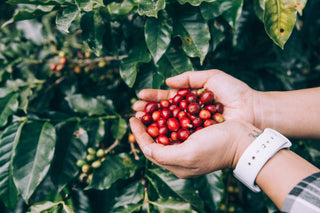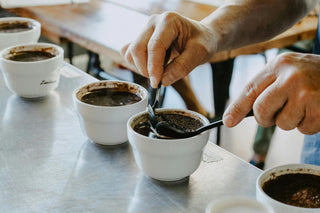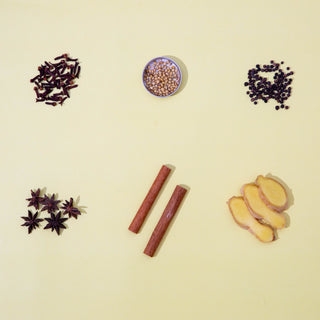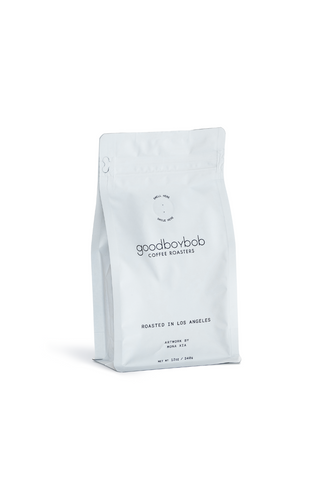
What is Q-Grading?
Q-Grading—a term you may have encountered, or perhaps not. It's not exactly a hot topic in everyday conversations, unless you're immersed in the world of coffee professionals. However, it is important to know what Q-Grading is, if you’re serious about understanding what sets apart exceptional coffees from the rest. Lucky for you, Goodboybob is here to help you understand the world of coffee evaluation and the key factors that make coffee desirable in Q-Grading.
Table of Contents

What is Q-Grading?
At its core, Q-Grading is a rigorous and systematic process used to assess the quality of coffee beans. Developed by the Coffee Quality Institute (CQI), Q-Grading sets a standard for evaluating various attributes of coffee; everything from aroma and flavor to body and acidity is put under scrutiny. Think of it as a coffee tasting Olympics, where trained professionals meticulously judge each cup to determine its worth.

How is coffee evaluated?
Imagine a coffee aficionado's dream—a room filled with rows of meticulously arranged cups, each brimming with freshly brewed coffee. Q-Graders initiate their assessment with a visual inspection of green coffee beans, followed by an evaluation of the aroma of freshly ground coffee. Using discerning palates and specialized tasting spoons, they assess the flavor profile, acidity, balance, body, mouthfeel, and aftertaste to gauge the coffee's richness and complexity. Finally, numerical scores are assigned to reflect the coffee's overall quality.

What's with the spoons?
The use of specialized tasting spoons enables Q-Graders to conduct controlled tastings, ensuring efficient and accurate evaluation of multiple samples. These spoons are thoughtfully designed to minimize interference with the coffee's aroma and flavor, allowing Q-Graders to fully focus on discerning the nuanced characteristics of each individual cup.

Fundamental Flaws
Q-Graders inspect coffee for various imperfections that can compromise its quality. Common defects include moldy or musty odors, indicating potential fungal contamination, and sour or fermented flavors, which result from inadequate fermentation. Stale or flat tastes due to poor storage are also noted. They also identify quakers—underdeveloped beans—and physical defects such as foreign particles or insect damage. By identifying these flaws, Q-Graders help producers and roasters maintain quality standards in production and processing methods.

Desirable Traits
Q-Grading celebrates the nuances of exceptional coffee. Q-grader often look for aromatic complexity, with notes ranging from floral and fruity to spicy and nutty. Vibrant acidity, well-balanced sweetness, and nuanced bitterness are flavors Q-Graders gravitate towards. Ideally, coffee’s mouthfeel should be smooth, velvety, coating the palate evenly to enhance the drinking experience. Another desirable trait that indicates the overall quality of the coffee is a clean and lingering aftertaste. This refers to the pleasant and lasting flavors that remain in the mouth after swallowing.

Subjectivity
Even though Q-Grading employs scientific methodology, it is still inherently subjective. Sensory perception varies from Q-Grader to Q-Grader– everything from aroma, acidity, body, flavor, and aftertaste can be perceived differently, depending on the individual. That being said, Q-Graders strive to minimize individual biases by partaking in calibration exercises, standardized procedures, and consensus based scoring practices in which the graders can discuss their findings and reach collective agreements on scoring.
Conclusion
Although Q-Grading might not be a common topic of outside of coffee circles, its significance in the world of coffee cannot be overstated. By employing rigorous evaluation methods and appreciating the intricate qualities of coffee, Q-Graders maintain quality standards, ensuring a truly exceptional coffee experience for millions of people worldwide.







